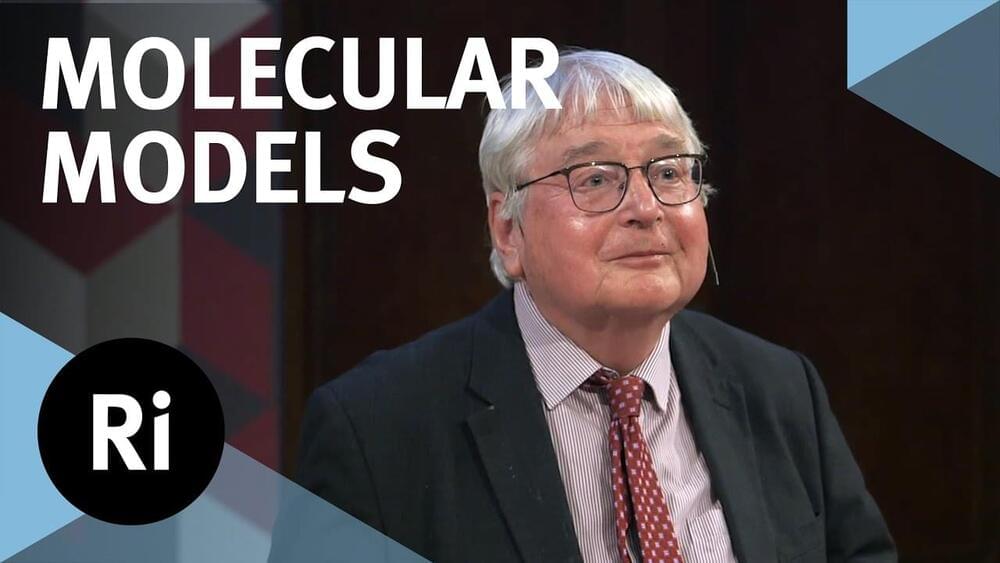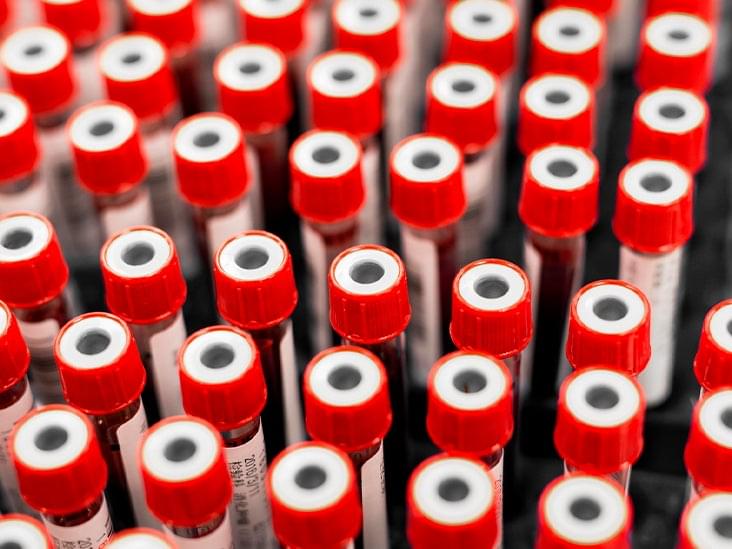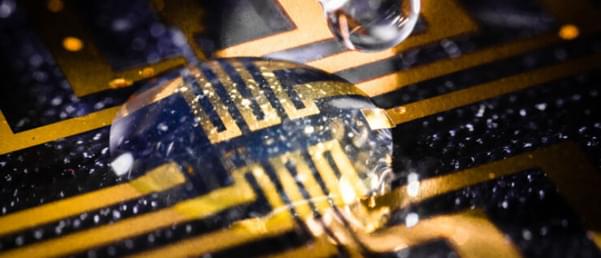High-performance, realistic computer simulations are crucially important for science and engineering, even allowing scientists to predict how individual molecules will behave.
Watch the Q&A here: https://youtu.be/aRGH5lC0pLc.
Subscribe for regular science videos: http://bit.ly/RiSubscRibe.
Scientists have always used models. Since the ancient Ptolemaic model of the universe through to renaissance astrolabes, models have mapped out the consequences of predictions. They allow scientists to explore indirectly worlds which they could never access.
Join Sir Richard Catlow as he explores how high-performance computer simulations have transformed the way scientists comprehend our world. From testing hypotheses at planetary scale to developing a personalised approach for the fight against Covid.









